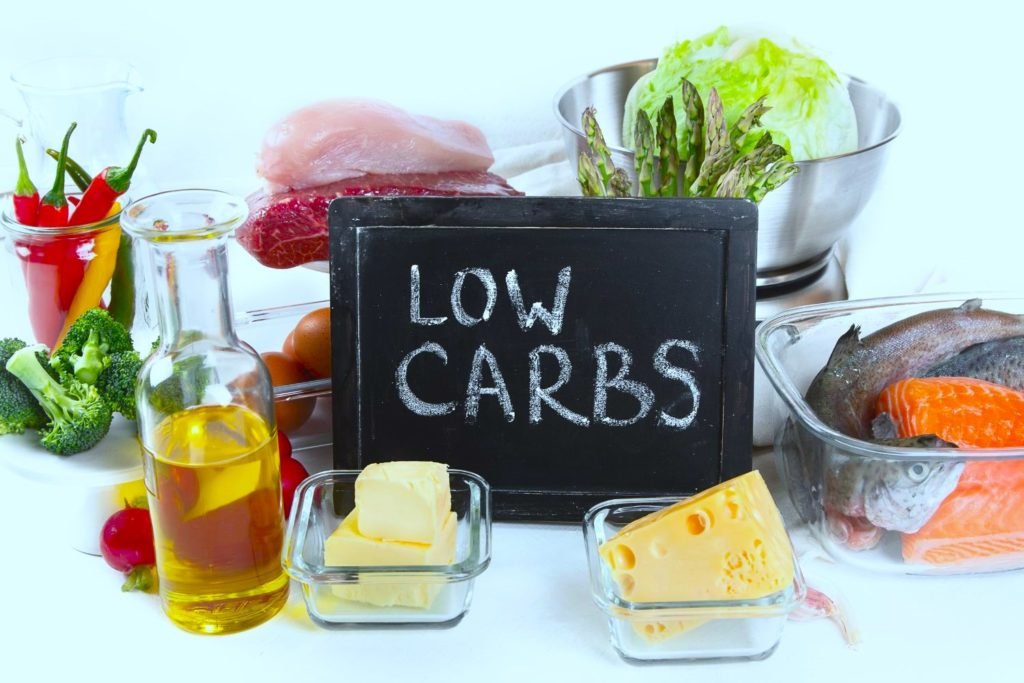Low Carb is a type of diet that relies on reducing carbohydrate intake, with an emphasis on eating proteins and healthy fats. This system aims to reduce blood sugar levels and increase fat burning for weight loss and improving overall health. Below we will explore how you can get 100 grams of protein per day within the low-carb diet.
Benefits of the low-carb diet:
1. Weight loss: Reducing the amount of carbohydrates can help in losing weight quickly, as the body burns fat as a primary source of energy.
2. Improving blood sugar levels: This system can lower blood sugar levels, which benefits people who suffer from diabetes or want to prevent it.
3. Increasing the feeling of fullness: Proteins and fats may increase satiety and reduce the desire to eat.
How to get 100 grams of protein per day:
1. Eating animal protein sources:
– Chicken, turkey and white meat.
– Red meat such as beef and lamb.
– Fish and seafood such as fish, shrimp and salmon.
– Dairy products such as milk, yogurt and cheese.
2. Using plant sources of protein:
– Beans, lentils and chickpeas.
– Nuts and seeds such as almonds, pistachios and chia seeds.
– Soy products such as pho, soy yogurt and tofu.
3. Eating proteins during meals:
– Eat meals that contain rich sources of protein, such as meat dishes or vegetables with lentils and beans.
– Add protein supplements if it is difficult to obtain the required amount of protein from food.
4. Meal planning:
– Plan your meals to include different protein sources during the day.
– Prepare specific meals in advance to ensure daily protein needs are met.
5. Taking into account quantities:
– Maintain a balance in protein consumption and avoid eating excessive amounts that can have a negative effect.
The low-carb diet can be a useful option for people looking to lose weight or improve their overall health. However, you should always consult a doctor or nutritionist before starting any new diet, to ensure that it is appropriate and appropriate for the individual’s needs and overall health.
Here is an example of a daily meal plan containing about 100 grams of protein.
Please keep in mind that measurements may vary depending on the type of food and cooking method, but these numbers are approximate estimates:
Meal No. 1: Breakfast
– 3 large eggs: contain about 18 grams of protein (approximately 6 grams per egg).
– 50 grams of chopped meat (turkey or chicken), cooked: contains about 15 grams of protein.
Meal No. 2: Snack
– 30 grams of roasted almonds: contains about 6 grams of protein.
Meal No. 3: Lunch
– 150 grams of grilled salmon: contains about 30 grams of protein.
– Green salad with 100 grams of tomatoes, 50 grams of cucumbers and 30 grams of carrots: contains a few extra grams of protein.
Meal No. 4: Snack
– 200 grams of Greek yogurt: contains about 20 grams of protein.
Meal No. 5: Dinner
– 150 grams of grilled chicken breast: contains about 35 grams of protein.
– 200 grams of grated broccoli: provides a few extra grams of protein.
Approximate total protein per day: 130 grams of protein
This is an example of how to structure meals to achieve 100 grams of protein per day. The distribution of proteins in meals should be balanced and based on your individual body needs and health goals. Don’t forget to ensure diversity in your diet and consult a nutritionist to ensure you obtain the appropriate healthy nutritional balance.
Next PostYou have visited 1 post(s)

